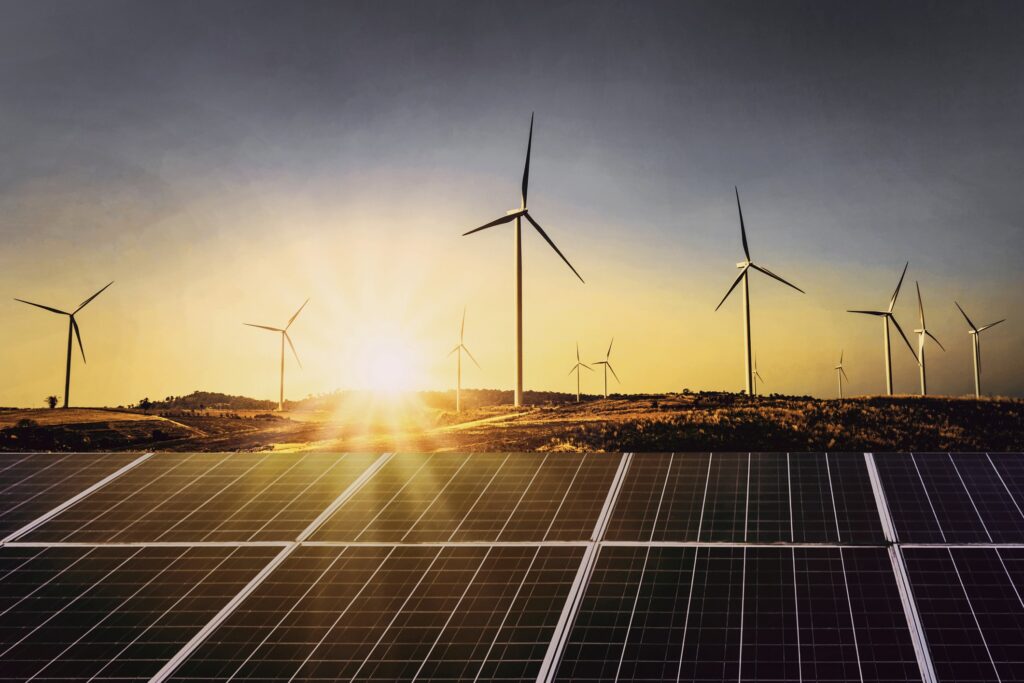
Right now, our country, India, is at a turning point in its history where the promise of renewable energy might have a revolutionary effect on its economy. India’s energy revolution, which is predicted to be a multi-trillion dollar industry, may present one of the biggest business opportunities in recent decades, following China’s lead in using clean energy to spur economic growth.
With large expenditures in renewable energy, grid infrastructure, energy storage, and electric mobility, India’s commitment to sustainable energy is becoming more and more apparent. Let’s examine how India’s economy will be impacted by this change during the coming ten years.
Investing and Expanding
India’s demand for power has grown exponentially, outpacing that of other major world countries. Similar to China, India is expected to invest $250 billion year, which will greatly expand its clean energy sector. It plans to put 500 GW of renewable energy capacity into service by 2030, which will account for more than 40% of the additional electricity produced. India will be at the forefront of the renewable energy transformation thanks to this ambitious goal, which presents numerous prospects for investment and economic expansion.
Despite a weak real estate market, clean energy investments in China increased 40% year over year to $890 billion in 2023, driving economic development. India is positioned to follow suit, with investments in clean energy emerging as a key factor in the country’s GDP expansion. If India follows suit, the industry may boost GDP by 10% while having a big impact on job creation, industrial expansion, and energy security.
Sector Outcomes and Employment Generation
The global economy has grown significantly due in large part to the renewable energy sector, which has generated significant investments and millions of jobs. India, with its sizable labor force and increasing energy requirements, is anticipated to experience a similar pattern. More than 1.3 million jobs are expected to be produced in the renewable energy sector by 2030. Growth in solar, wind, and biofuels will be its main drivers. Furthering the creation of jobs will be investments in energy storage, electric vehicles (EVs), and grid infrastructure.
Industrial Development and the Energy Shift
India has made large investments in electricity transmission, renewable energy, and electric vehicles (EVs) as part of its transition to a greener energy future. To keep up with growing demand, the nation must treble its installed electricity capacity over the next ten years. A significant increase in grid infrastructure, estimated to be worth $30 billion by 2030, will support this growth. India has already installed 180,000 kilometers of transmission lines in the last ten years, and the government’s continued emphasis on grid expansion will facilitate the quick adoption of renewable energy.
Also read: Robots will clean India’s Thiruvananthapuram International Airport initially.


India’s energy mix is changing, with renewable energy replacing coal as the primary source of energy. The nation now has 67 GW of solar capacity installed, and this year, it plans to add 13 GW more. The fourth-largest wind power capacity in the world is expected to increase by 60% to 71 GW by 2030. By lowering India’s net energy import cost, which presently accounts for 3% of GDP, renewable energy will not only allay environmental worries but also improve trade balances and energy security in the country.
Innovation in Clean Energy and Electric Transportation
The electric vehicle market in India is about to undergo a dramatic change. Electric vehicle penetration in the nation’s expanding two-wheeler market is increasing, rising from 1.2% in 2021 to 5.2% at present. This expansion will be sustained by increased government incentives, growing incomes, and developing charging infrastructure. India will also see a boom in energy storage projects as battery storage technology becomes more accessible, similar to the solar industry ten years ago.
India’s transition to clean energy presents a strong case for investment and economic expansion, possibly elevating the industry to the status of one of the most promising in recent memory. India is positioned to transform its economy and tackle urgent environmental issues by implementing ambitious renewable targets, making substantial investments in grid infrastructure, and fostering a booming electric transportation sector. Together, the Indian people, the government, and the business sector are propelling this change and setting the nation up for long-term prosperity and sustainability.






























































































































































































































































































































































































































































































































































































































































































































































































